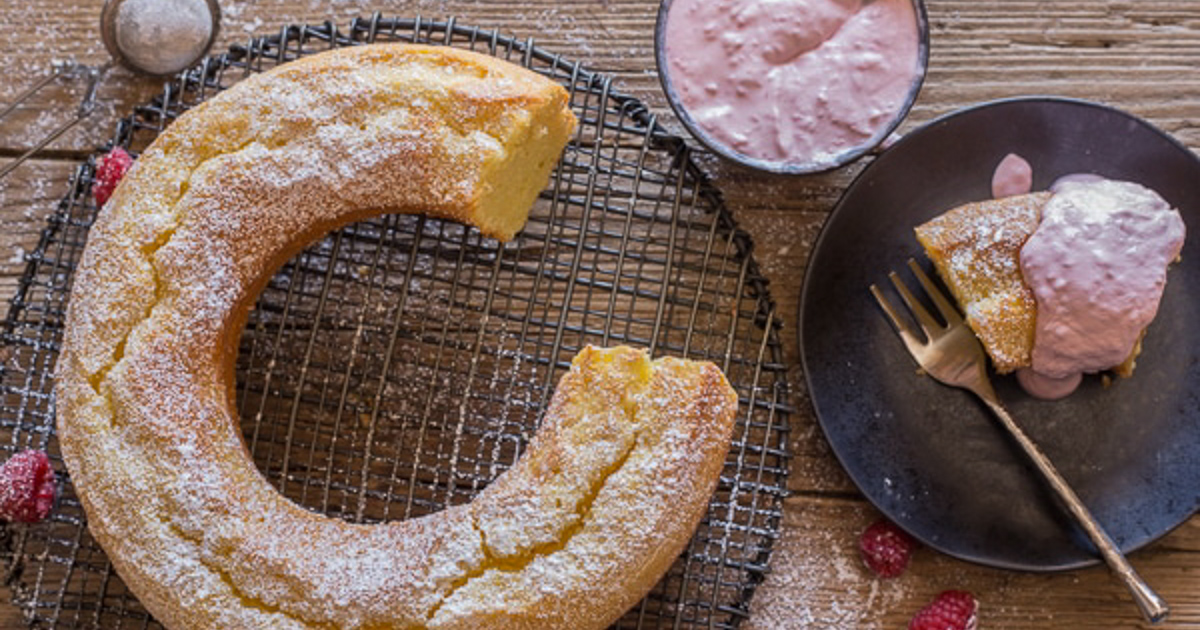- Joined
- Jun 22, 2017
- Messages
- 4,113
- Reaction score
- 2,092
Thanks very much NCB, awesome instruction and advice as usual. I think you're right that I should get an oven engineer to check my oven over. Maybe the heating element needs replacing. I think initially I'll buy another oven thermometer. I've dropped mine a couple of times and although it seems to work, it displays the temperature that I set a few minutes after the oven light goes off. That's the oven light that says the oven has supposedly reached the correct temperature. I want to see if a new thermometer performs differently and if it also fluctuates.
I usually preheat the oven until the oven light goes off, this takes about 15 to 20 minutes I think. And then I wait some more until the thermometer says it's at the set temperature.
Yep, my oven is fan assisted. But this is a great suggestion you just made. Maybe switching the fan off, and I'm pretty sure my oven has a non fan setting, will bake my cakes better. If I turn the fan off, how should I adjust baking time and temperature? Still reduce by 15c and bake for longer?
Do you think baking on the lowest shelf instead of middle shelf would see any improvement or make things worse?
I leave my oven thermometer in my oven all the time. I never take it out. It’s designed to hang in the oven off the rack.
No bake the cake in the middle of the oven. The middle of the oven should be cooler than the bottom or the top. Remember the air closest to the heating element is going to heat up first and that’s going to be the hottest air. That air will move upward. It will cool somewhat as it moves upward so it won’t be as hot as the air at the oven floor. But as it reaches the oven ceiling it is going to stay hot up there. So the air at the top of the oven is going to be hotter than the air in the center of the oven.
Just because the light goes off does it mean that the entire oven chamber is equally heated. Give the oven time to fully heat. As a test, move that thermometer around to different spots on the rack to see where your hots pots/cold spots are in the oven.
Bake the cake at 325°F (160°C). Check it about one hour in. Do the touch test first to see if the cake springs back. If it springs back, check the temperature of the cake. If it does not spring back, start checking it every 3 - 4 minutes or so. You want to make sure you don’t over bake cake.
To be honest it’s with rare exception that I bake a cake at 350°F (170°C). Carrot cake, hummingbird cake, my chocolate cake are the cakes I bake at the higher temperature. Pretty everything else gets baked at the lower temperature.








